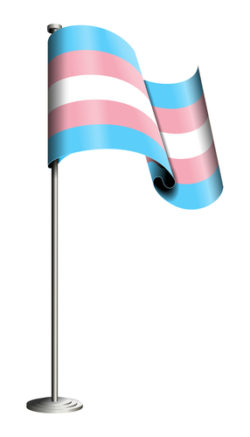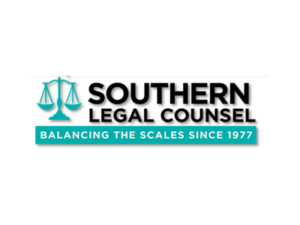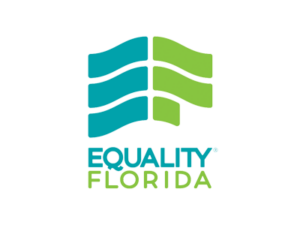
When the Equal Access Rule was first issued, HUD did not apply it to temporary shelters, opting instead to research the issue before taking further action. Late last fall, the agency signaled that following this period of study it had concluded that housing transgender shelter seekers based on their gender identity was the right thing to do. In issuing the draft rule put out for public comment, HUD emphasized the discriminatory treatment faced by many transgender individuals when they attempt to access shelter services. In particular, many transgender women have been forced to choose between being housed with men or going without shelter, which puts them at high risk of abuse and injury, including death. In recent years, the media has reported a number of stories in which transgender women died as a result of being denied shelter based on their gender identity, including Jennifer Gale in Austin, Texas, and Alice Johnston in Atlanta, Georgia.
A recent study conducted by the Center for American Progress and the Equal Rights Center found that only 30 percent of the shelters surveyed were willing to house transgender women with women, and many of those indicated that they would do so only for transgender women who have had genital surgery. Another study conducted by the National Center for Transgender Equality and the National LGBTQ Task Force found that 25 percent of transgender individuals accessing shelters were physically assaulted, and 22 percent sexually assaulted, by another resident or shelter staff.
The finalized rule is a huge step forward in combatting this discrimination and abuse. No longer will a transgender person in need of shelter have to choose between getting off the street and living openly as their authentic self. In announcing the issuance of the rule on shelter access, HUD Secretary Julián Castro said: “This new rule will ensure equal access to the very programs that help to prevent homelessness for persons who are routinely forced to choose between being placed in facilities against their gender identity or living on our streets.”
In addition to requiring federally-funded shelters to house transgender persons based on their gender identity, the new rule also clarifies that shelters cannot deny gender-affirming placements for a transgender person based on the objections or biases of other shelter residents. Shelters are encouraged to provide specialized accommodations on an individual basis to any resident, transgender or cisgender, with particular needs for privacy or safety.
The rule also prevents shelters from requiring proof of any medical treatment or biological characteristics in order to honor an individual’s request for placement consistent with their gender identity.
This welcome development at HUD is emblematic of the enormous advances made by LGBTQ people under President Obama’s administration. Across the federal government, agencies have taken proactive steps to ensure that their programs and services are accessible to all. For example:
- For the past two years, we at the National Center for LGBTQ Rights (NCLR) have partnered with the U.S. Department of Agriculture and the True Colors Fund to sponsor #RuralPride, a national campaign to lift up the voices of LGBTQ people living in rural America and connect them with federal programs and services.
- In May, the U.S. Department of Health and Human Services finalized a long-awaited regulation prohibiting discrimination in the health care system based on sex, including gender identity and sexual orientation.
- Also in May, the U.S. Department of Justice filed a lawsuit challenging a North Carolina state law that requires schools and employers to discriminate against transgender people, despite federal protections mandating equal treatment.
- On May 13, 2016, the U.S. Department of Education, along with the U.S. Department of Justice, issued guidance to schools explaining that federal law requires them to treat transgender students equally, including with respect to restrooms and locker rooms.
These actions across the federal government demonstrate vividly the importance of a presidential administration that respects and protects the rights of all people. At a time when we are seeing prejudice and hatred on display far too much, it has often been our federal government that has reminded us of the “better angels of our nature.” These policies have dramatically improved the lives of LGBTQ people throughout the country, ensuring that we can go to school, access public facilities, get the health care we need, and find shelter. And they tell us that we are seen, heard, and valued as full and equal members of society.









